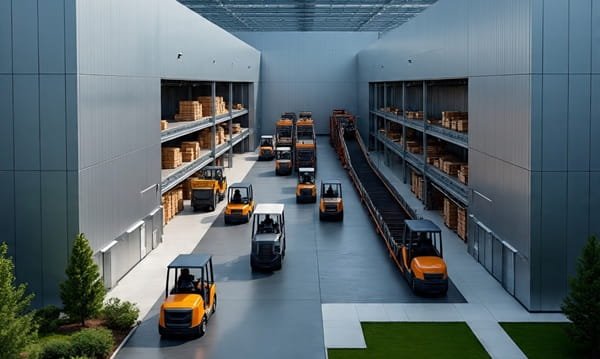Policies and regulations often feel distant from everyday life, but when it comes to logistics, the connection is immediate. A well-designed transport system does more than move vehicles from one place to another. It fuels regional economies, creates jobs, and enables communities to thrive. By understanding how policy connects to the practicalities of logistics, we gain a clearer picture of how growth and opportunity are built from the ground up.
The Policy Foundation
Regional development begins with sound policy. Governments create frameworks that decide how infrastructure is funded, where new roads or railways will be built, and how goods will move efficiently and safely. Investment in logistics systems often leads directly to economic opportunities. A new highway might shorten delivery times for local businesses, while improved ports can open doors for international trade.
Good policy sets the stage, but it must be supported by effective implementation. Without practical strategies, even the best plans remain ideas on paper.

Logistics in Action
Once policies are established, the focus shifts to execution. This is where logistics turns abstract strategies into visible outcomes. Supply chains depend on roads, warehouses, and transport services that keep goods moving. A farmer can only reach new markets if transport routes are reliable. A manufacturer can only expand if parts arrive on time.
Every delivery reflects a chain of coordinated decisions, from regulation down to the driver behind the wheel. Logistics makes policy visible and impactful in the daily lives of businesses and consumers alike.
Practical Solutions for Growth
Logistics is not just about efficiency. It is also about adaptability and resilience. Communities benefit when there are practical systems that reduce delays and keep goods flowing even during disruptions. This includes smart technologies for tracking deliveries, investment in greener vehicles, and partnerships between public institutions and private companies.
For example, when individuals or businesses need to move larger items, they may look to services that help transport vehicles South Glamorgan. Solutions like these illustrate how logistical support connects personal needs with broader regional networks. By handling the practical side, they allow businesses and individuals to stay focused on growth and opportunity.
Inspiring Regional Examples
Regions that invest in strong logistics often see measurable benefits. Local businesses gain faster access to customers, tourism grows with improved connectivity, and job creation spreads across industries. Consider how distribution hubs transform smaller towns into economic centers. By offering employment, boosting local spending, and attracting new investment, logistics directly fuels prosperity.
These examples prove that logistics is not only about transport. It is a driver of innovation and a foundation for sustainable regional development.
Conclusion
Policies lay the groundwork, but logistics turn those policies into practical outcomes that shape regional economies. Roads, transport services, and supply chains are the links that connect people, products, and opportunities. When regions invest in strong logistical systems, they create resilient communities that are better equipped for growth. From policy to pavement, logistics is the bridge that turns ideas into progress and ensures that prosperity reaches everyone.

Our dedicated team gathers information from all the reliable sources to make the law accessible and understandable for everyone. We provide the latest legal news stories from across the country, delivered straight to you.
